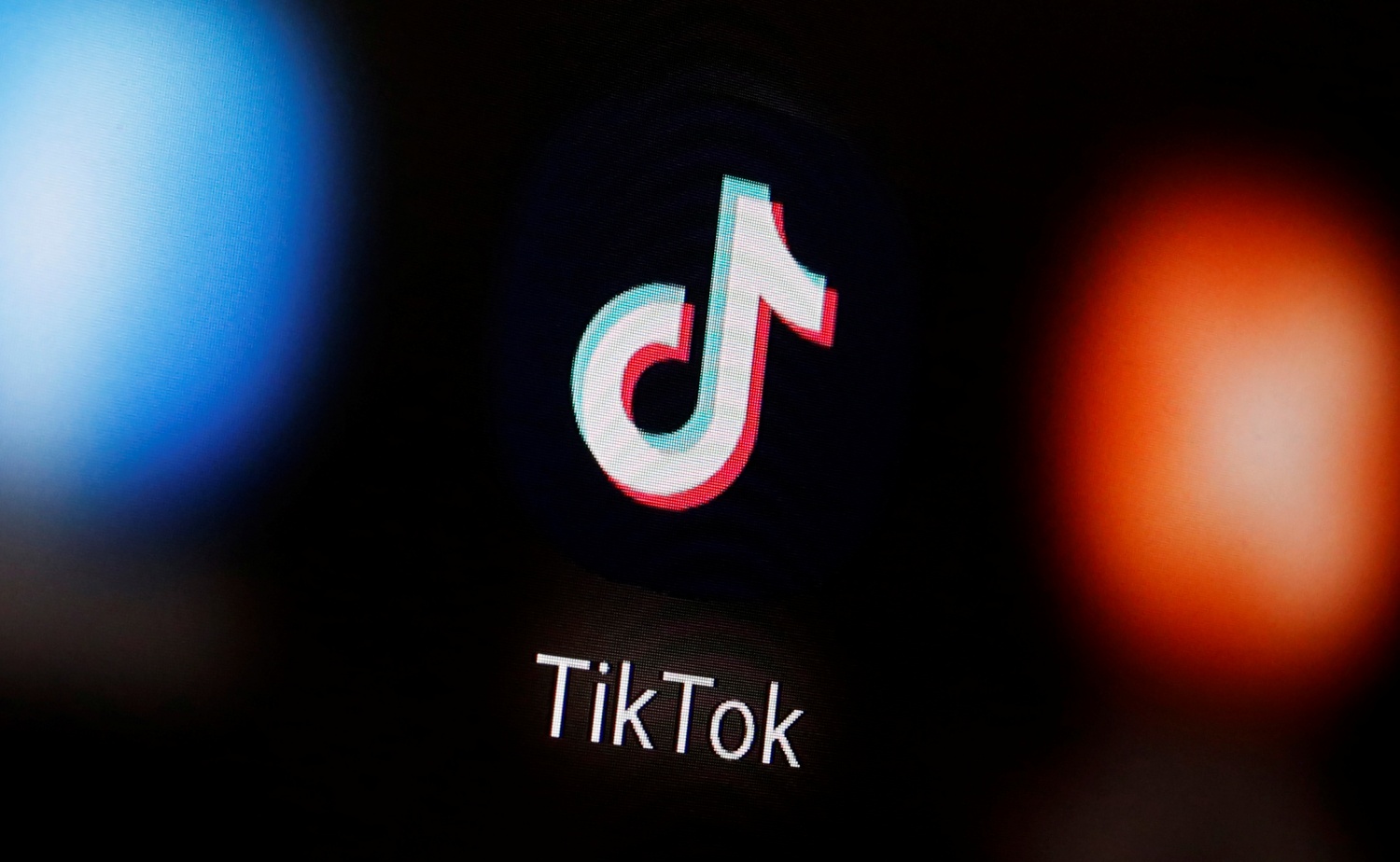Cyber security is a fast-paced industry in which hackers and security providers compete to outwit one other. New threats — and inventive solutions to address them – develop all the time. In this review, we look at the most recent cyber security trends. Let’s know more about the current trends in cyber security!
1. Remote working cyber-threat
The Covid-19 pandemic accelerated remote labor adoption. Many workers will continue to work remotely after the outbreak. This is one of the hottest new cyber security trends. Offices with centralized IT security have more secure firewalls, routers, and access control. Traditional security vetting may have been lax, allowing thieves to profit.
Many employees use Microsoft Teams and Zoom mobile apps. Sensitive information may be compromised due to the blending of personal and work lives.
Thus, concentrating on remote workforce security is an important cyber security trend. When systems are enhanced, new security vulnerabilities must be found and mitigated. See our complete guide on working securely from home.
2. The Internet is evolving
The growing Internet of Things (IoT) opens up new cybercrime avenues. Smartwatches, smart refrigerators, and voice assistants like Amazon Echo and Google Home are all examples of IoT products. Globally, 64 billion IoT devices are expected by 2026. Remote working is contributing to this rise.
Increased cyber-attack surface (number of possible entry points for hostile actors) due to more gadgets. Most IoT device are slower than computers and smartphones. This makes employing firewalls and antivirus challenging. So IoT risks are hot. Here’s more on IoT security.
3. Ransomware’s rise
Ransomware has been around for about two decades. There are over 120 ransomware families out there, and hackers are skilled at hiding hazardous code. The ease of usage of ransomware has increased its popularity. Another was Covid-19. Ransomware has become more prevalent due to remote working and digitization. As a result, attacks and demands increased.
Extortion attacks involve stealing and encrypting corporate data. Then fraudsters demand a ransom to unlock the organization’s data. In addition to the financial impact of paying the ransom, this cyberthreat is critical.
Machine learning and dark web collaboration help ransomware criminals enhance their phishing techniques. Hackers frequently demand money in obscure cryptos. We should expect more ransomware attacks on unprotected businesses in the future.
4. Cloud services and cloud security concerns grow
Cloud vulnerability is a major cyber security industry trend. As with remote working, the pandemic raised the need for cloud-based services and infrastructure, with security consequences for enterprises.
Cloud services enable scalability, efficiency, and cost reduction. Of course, attackers love them. Insecure interfaces, data breaches, and account hijacking are all linked to misconfigured cloud settings. Data breaches cost an average of $3.86 million. Therefore, enterprises must reduce cloud threats.
5. Smarter social engineering attacks
Phishing attacks are not new but have grown in concern as remote employees grow. Those connecting from home to the company network are the targets. Along with regular phishing assaults on employees, whale attacks on upper executives have increased.
SMS phishing is increasing in popularity due to the popularity of messaging apps like WhatsApp, Slack, Skype, Signal, and WeChat. These platforms are used to entice visitors to download malware.
It gained popularity after a 2020 Twitter attack. Hackers posing as IT staff misled customers into surrendering access to a vital internal tool. Vishing has targeted banks and large organizations.
In SIM jacking, scammers contact a client’s cell network and claim their SIM card is stolen. This demands a phone number change. To access the target’s phone’s data, the fraudster must first gain access to it.
Organizations are increasing phishing defense, but criminals are always improving. Location-based phishing kits target victims differently.
6. Privacy as a field of study
Data privacy has emerged as a critical data security issue. Several high-profile cyber-attacks exposed millions of PII (PII). With stronger data regulations like the EU’s GDPR, data privacy is vital.
Non-compliance with regulators and consumers can result in fines, bad press, and loss of consumer trust. It affects almost every aspect of a firm. Thus, hiring data privacy officers, multi-factor authentication, data encryption in transit and at rest, network segmentation, and external assessments have become critical.
8. Improved Multi-factor Authentication
MFA is the gold standard of authentication. Malicious actors are devising new methods like SMS or phone call authentication. Microsoft advised customers to stop using MFA via phones due to app-based MFA and security keys.
Authentication SMS communications are not encrypted. Hence, malicious actors can automate intercepts to collect one-time passcodes. However, SMS authentication is popular in online banking. App-based MFA like Google Authenticator and Authy will be increasingly used by banks and other businesses.
9. Continued rise of AI
There are far too many cyber security threats to handle. Business uses AI and machine learning to boost security. Data breaches costing companies $3.58 million in 2020.
Automated threat detection and security solutions use A.I. extensively. AI also enables faster risk data analysis. Small and medium-sized firms with limited security resources benefit from this.
However, fraudsters use AI to automate data poisoning and model theft assaults. We expect AI-based security tools to improve.
10. Mobile cybersecurity takes front stage
Remote work is boosting mobile. Remote employees use public Wi-Fi networks and remote collaboration apps on tablets and phones. So mobile risks change. Defects in 5G security will need to be patched as they surface.
Mobile threats:
- Spyware meant to monitor encrypted communications apps
- Criminals exploiting severe Android security flaws
- Mobile malware with diverse application scenarios ranging from DDoS attacks to SMS spam and data theft
- Smartphones and other mobile devices are increasingly connected to the Internet of Things (IoT), which involves back-end/cloud security. The best method to protect programs in insecure environments is to add extra levels of protection. Experts combine mobile software and hardware security solutions to protect sensitive data.
Strong IoT device authentication can only be ensured through robust device identity provisioning protocols and data exchanges secured by public key infrastructure.
The Summary
Cybercriminals are continuously looking for new ways to attack and harm individuals and organizations in this age of accelerating digital transformation, which means cybersecurity challenges are evolving. Using a high-quality antivirus software solution will keep you protected from the most recent cyber threat developments.















